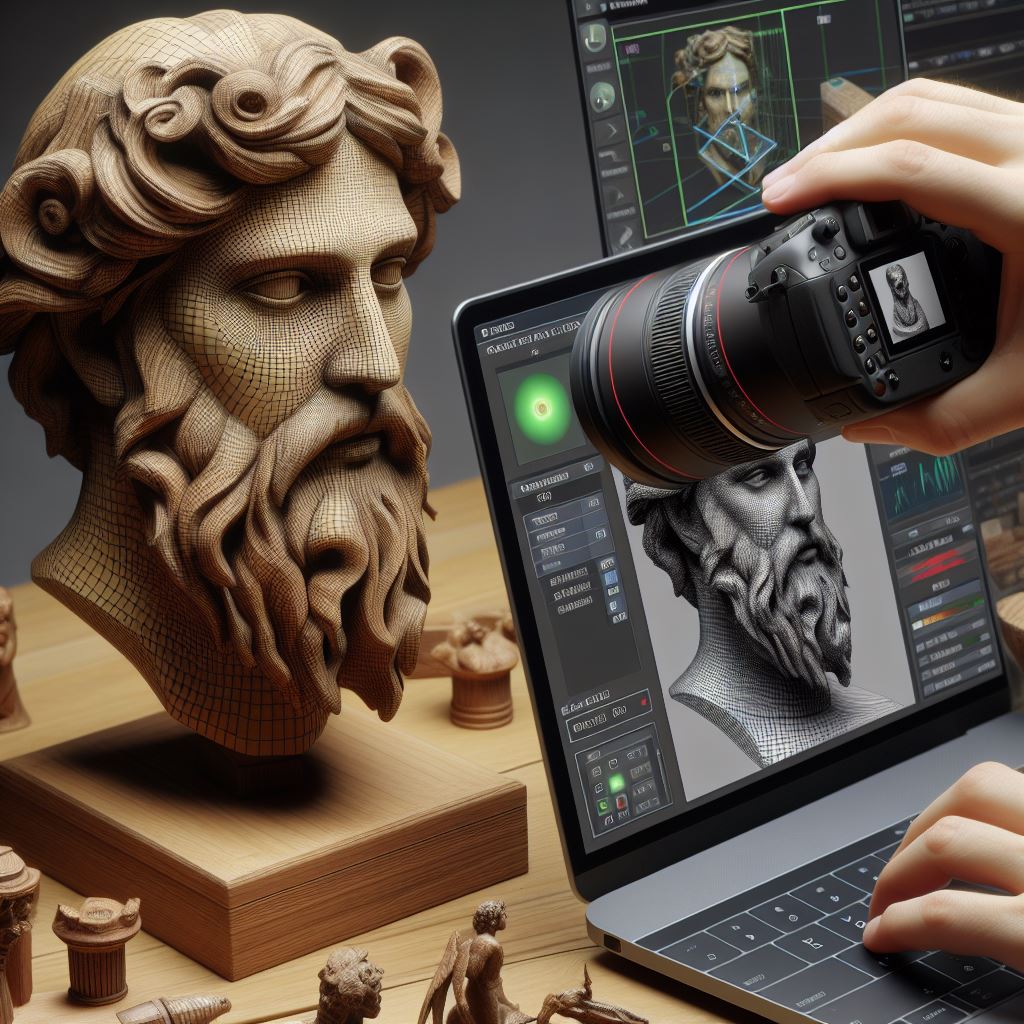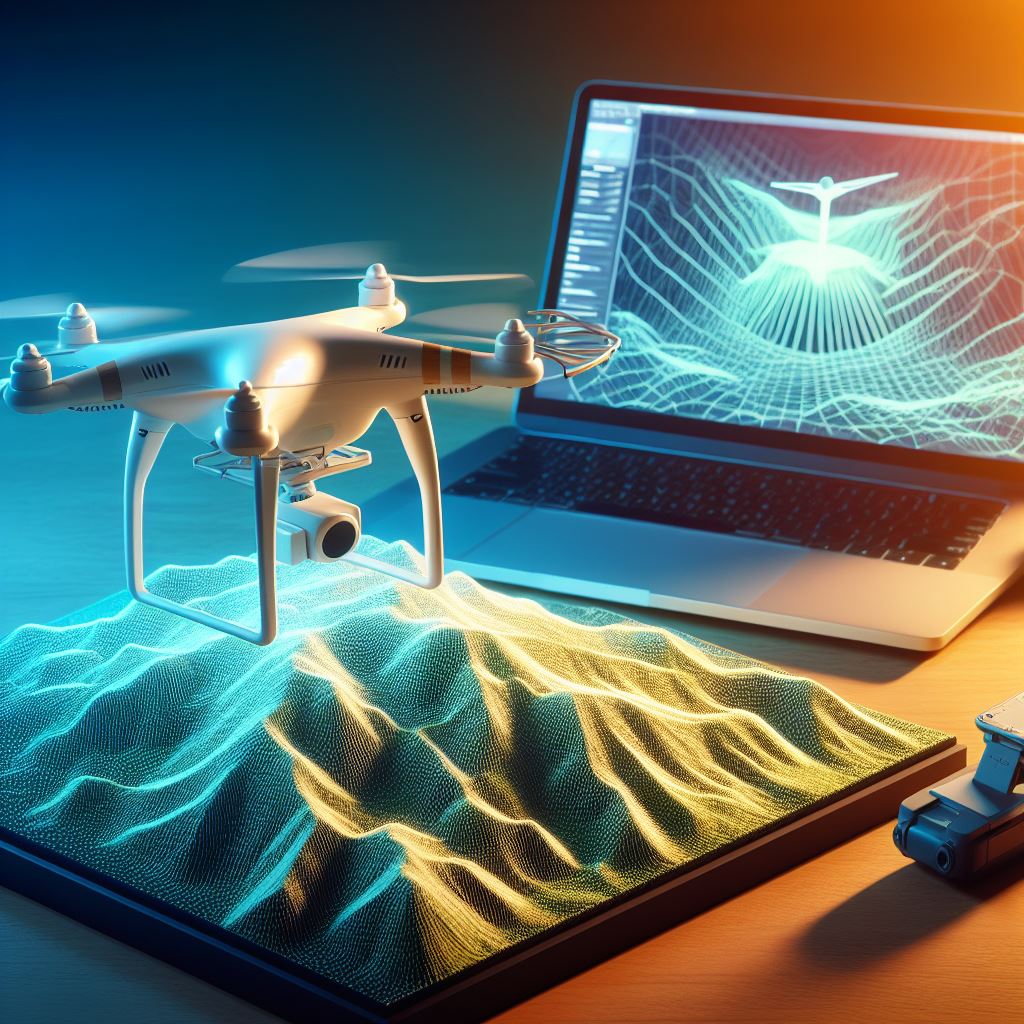

Happy birthday to all the curious minds out there! Today, let’s embark on a fascinating journey into the world of 3D asset creation. Ever wondered how those jaw-dropping 3D models in movies and video games come to life? Well, buckle up as we unravel the magic behind three powerful techniques: Photogrammetry, NeRF (Neural Radiance Fields), and LiDAR.
- Photogrammetry: The Art of Capturing Reality
Imagine turning ordinary photographs into detailed 3D models. That’s the essence of photogrammetry. This technique relies on capturing a subject from multiple angles, extracting key features, and stitching them together to recreate a three-dimensional representation.
How it Works:
- Image Capture: Take a series of overlapping photos of the subject from different perspectives.
- Feature Extraction: Identify common points in these images to establish correspondences.
- Triangulation: Use geometry to calculate the 3D positions of these points.
- Meshing: Connect the dots to create a 3D mesh.
Pros:
- Realistic details.
- Cost-effective with basic equipment.
Cons:
- Requires careful photo planning.
- Sensitive to lighting and shadows.
- NeRF: Where AI Meets 3D Modeling
NeRF, short for Neural Radiance Fields, represents a cutting-edge approach to 3D scene modeling using deep learning. Unlike traditional methods, NeRF doesn’t rely on predefined shapes or surfaces. Instead, it learns to model a scene by predicting the color and density of every point in 3D space.
How it Works:
- Training: Feed the model with images and corresponding camera positions.
- Learning Radiance: The model learns to predict the radiance at any point in space.
- Rendering: Generate images by ray marching through the 3D scene.
Pros:
- Captures complex scenes.
- Handles various lighting conditions.
Cons:
- Computationally intensive.
- Requires substantial training data.
- LiDAR: The Laser Precision Mapper
LiDAR, or Light Detection and Ranging, employs lasers to measure distances and create detailed 3D maps of the environment. Widely used in autonomous vehicles and surveying, LiDAR is now making its mark in the world of 3D asset creation.
How it Works:
- Laser Emission: Emit laser beams and measure the time they take to return.
- Point Cloud Generation: Create a dense point cloud representing the surfaces.
- Meshing: Connect the points to form a 3D mesh.
Pros:
- High precision.
- Works well in various environments.
Cons:
- Expensive hardware.
- Limited color information.
Comparing the Trio: Photogrammetry vs. NeRF vs. LiDAR
- Precision:
- LiDAR: High precision due to laser measurements.
- NeRF: Variable, depends on training data and model complexity.
- Photogrammetry: Moderate precision, influenced by photo quality.
- Cost:
- Photogrammetry: Relatively cost-effective with standard equipment.
- NeRF: High computational costs during training.
- LiDAR: Expensive hardware.
- Realism:
- NeRF: Achieves high realism, capturing intricate details.
- Photogrammetry: Realistic, but dependent on photo quality.
- LiDAR: Realistic geometric representation but lacks color details.
In conclusion, these three techniques offer unique approaches to 3D asset creation, each with its strengths and weaknesses. Whether it’s the precision of LiDAR, the AI magic of NeRF, or the accessible realism of photogrammetry, the future of 3D modeling is undoubtedly bright and diverse. So, here’s to another year of exploring the wonders of technology!
